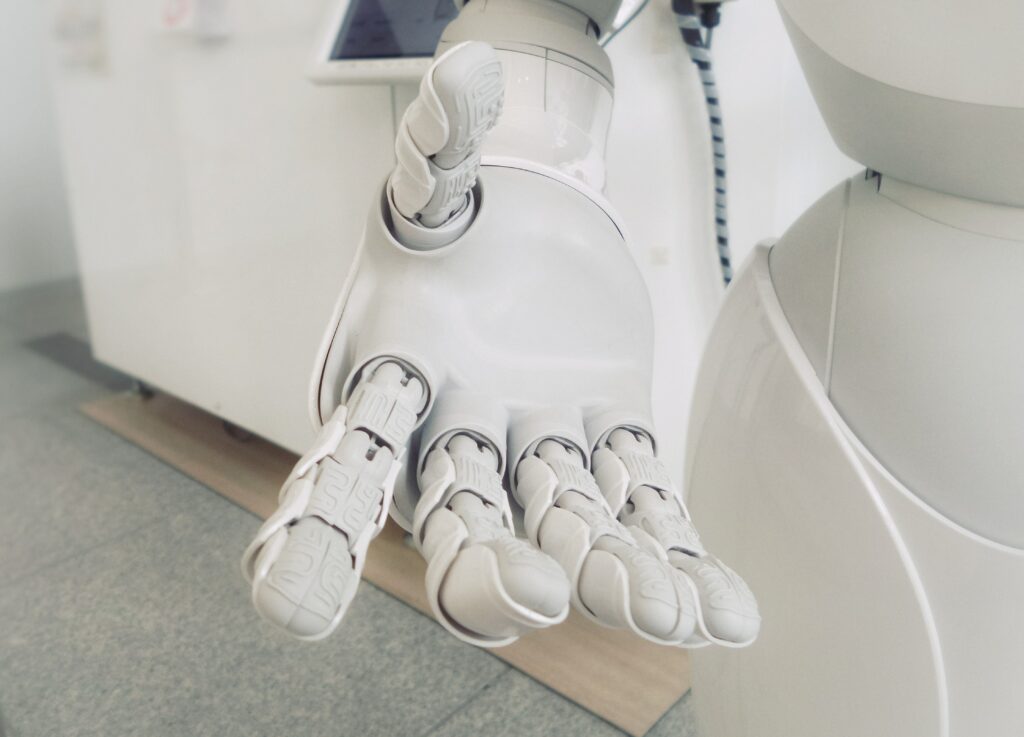How do robotics investments change the nature of logistics and US economic competitiveness?
Why Logistics and Robotics Matter
The U.S. has historically enjoyed a global economic advantage versus China and the world, in part due to superior supply chains. In 1956, Malcom McLean invented the modern intermodal shipping container. Beginning in 1979, deregulation of the U.S. transportation sector enabled companies to thrive in non-asset truck brokerage. FedEx spearheaded next-day logistics via its high-volume overnight center in Memphis. And Amazon.com is driving even more aggressive changes via its Amazon Prime membership program, conditioning consumers to expect same-day delivery.
Today we are in the world of digital logistics. Robotics is rippling through the supply chain, and automation is poised to reshape logistics. The global warehouse robotics market today is approximately $3bn, growing at close to 20 percent annually. Robots can be used for a variety of applications, including storage; retrieval; transportation; pick, pack and ship; forklifts, and more. As e-commerce continues to expand, robotics adoption will also accelerate.
China vs. the US
Nowhere are these investments more aggressive than in China. Today, China leads the world in industrial robots, representing more than 30 percent of the market. Close to 150,000 robots will be bought in China this year. China is also expected to exceed the U.S. and Europe in the installed base of robots in factories this year.
These trends will accelerate. The Chinese government has established a series of goals to transition from low-cost labor to high-value intellectual property. In 2013, China’s Ministry of Industry and Information Technology announced “Guidance on Promotion of Development of the Robot Industry.” China intends to produce at least 100,000 robots per year by 2020, as part of a program to build industrial parks and provide tax incentives to drive adoption. These policies are already starting to bear fruit, as robotics manufacturers such as ABB are now building in China.
Emerging Winners
As a result, robotics companies in China are flourishing. Shanghai’s Quicktron was founded in 2014. It won Alibaba as a customer and has scaled up to sell more than 5,000 robots since then. Geek+, another Chinese robotics startup, is in the midst of raising another $150m, from investors such as GGV Capital, D1 Capital Partners, and Warburg Pincus. Geek+ has won Xiaomi, SF Express, Alibaba and Suning as clients, and claims to have sold over 7,000 robots. And Chinese e-commerce companies such as JD Logistics and STO Express are also investing rapidly. This video shows automation at JD Logistics and STO Express. It is stunning to watch.
These robotics investments are giving China a technological edge that will translate into a supply-chain edge. Will the future belong to China?
For more on disruption in logistics, visit here.
–Benjamin Gordon, Cambridge Capital
Based on an article originally published at SupplyChainBrain.com on August 22, 2019

